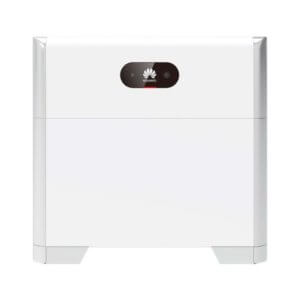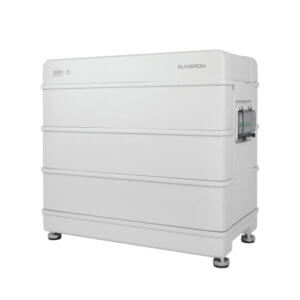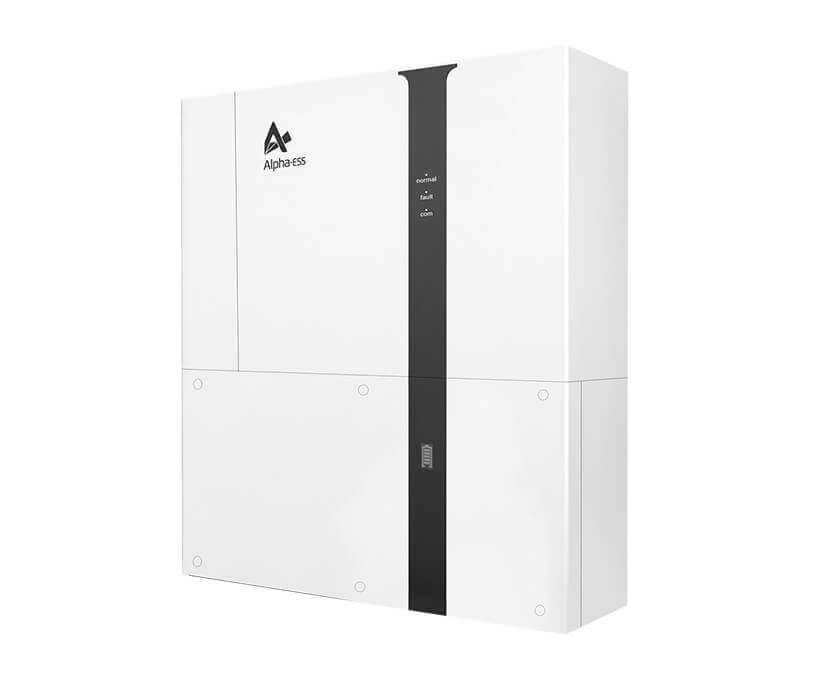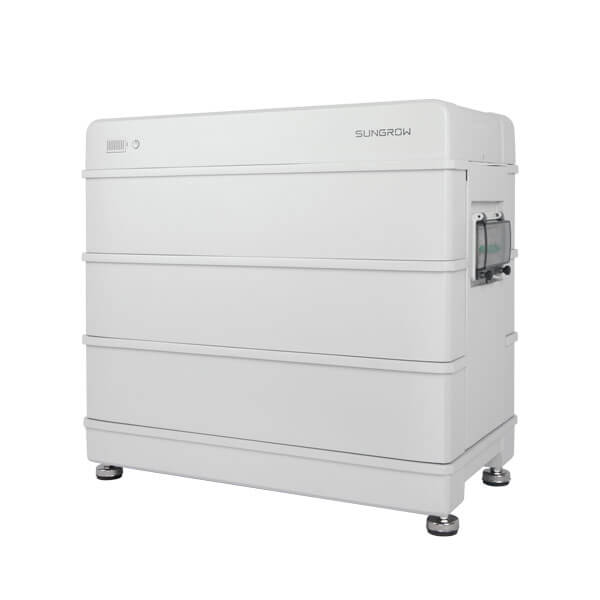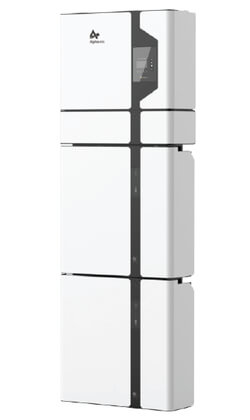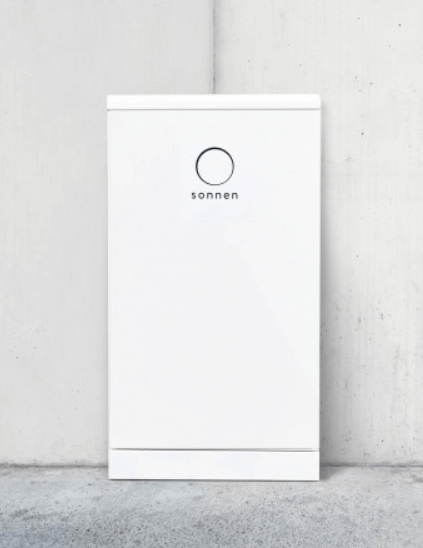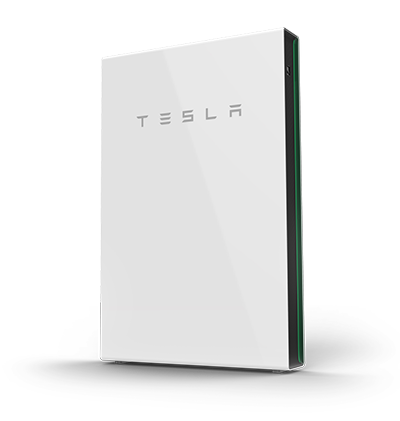News Single
-
Play Pokies with Welcome Bonus (No Download)
How to Win Money with Top Australian Pokies 2024
AU Gambling Sites New
Online Gambling Legislation Australia
How Does a Pokie Machine Work?
Heat Dissipation from Pokie Machine
Australia Casino Deposit Free (No Spin)
Play Deposit Casino Pokies & Win
Where to Try Pokies?
Profitable Pokies with Bonus Promotions

How to determine the right solar battery size for your property?
Solar panels produce energy during the day. As most household members are out at work during this time, the electricity required at home is low. This means that the utilisation of solar energy is also low, resulting in excess solar energy being sold back to the power grid. When there is excess solar power, one of two things can happen.
1. Excess solar is fed back into the power grid.
or
2. Excess solar is stored in a solar battery for later consumption.
Excess Solar: Should you sell it to the grid or store it in a solar battery?
When you sell solar energy back into the grid, your energy retailer pays you a feed-in tariff. In NSW, you may earn a feed-in tariff of around $0.05 to $0.07 per kWh.
When you buy electricity, you are charged based on your chosen plan with your energy retailer. If you are on a Time of Use electricity plan, you are charged different electricity rates at different times of the day. For example, these are the estimated rates in NSW as seen on AGL’s website.
| Periods | Time | Rates |
|---|---|---|
| Peak | 2pm to 8pm on weekdays | $0.53/kWh |
| Shoulder | Weekdays: 7am to 2pm & 8pm to 10pm Weekends: 7am to 10pm | $0.22/kWh |
| Off-peak | 10pm to 7am every day | $0.14/kWh |
So,
To buy electricity, you pay: $0.14 to $0.53 per kWh
To sell electricity (solar energy), you receive: $0.05 to $0.07 per kWh
Essentially, you are making a huge loss here. So, what can you do instead?
Instead of fully relying on grid imported electricity at night, you could use a solar battery to supply power to your property.
Your excess solar energy can be used to charge a solar battery. The battery then discharges (or supplies power) to your home whenever it detects your solar panels are not generating energy. This reduces your need to buy electricity from the grid during peak hours, which helps in bringing down your energy bills.
How To Choose The Right Solar Battery Size?
Finding the right solar battery size is vital to ensure your solar investment brings you the returns you want.
If your solar battery size is too large, it will be underutilised, which is a waste of money. If the battery size is too small, you may not be able to store and use enough solar energy, forcing you to import electricity from the grid.
To find the right solar battery, your solar installer goes through a process to determine the best size for your household. We look at your energy consumption, solar energy production, and excess energy, and come up with the best battery to suit your requirements.
There are several factors to take into consideration when selecting a solar battery size. These include:
1) Motive – What is your main purpose for getting a solar battery?
a) Save Money During Peak Periods:
In a Time-Of-Use billing plan, your energy retailer will charge you more for electricity usage during peak hours. A solar battery can supply energy to your home when retail electricity prices are high. This means you won’t need to buy electricity during peak periods. To achieve peak hour energy independence, your solar system and battery size must be large enough to cover the energy usage during that period.
To find the right battery size, we first take a look at your last four bills. This allows us to see your average excess energy output, which tells us how much solar power is being sold back into the grid. By calculating your excess solar energy, we can determine the right type of battery for your home.

b) Solar Battery As Backup Power:
Solar batteries can provide your home with backup power supply. This is very useful during thunderstorm seasons, where sudden grid outages can last for days. Backup power can be used to power essential appliances, communication devices and medical equipment. Most solar batteries work in a blackout when they are fitted with blackout protection. Others have built-in backup capability and can automatically supply power when a grid outage is detected. When choosing a battery size for this motive, you will need to consider which home appliances will get access to the backup power supply.

2) Usage – How much energy do you use?
The right solar battery size depends on how much energy you use. The average Australian household consumes around 19kWh of energy per day. This translates to about $2,500 a year in electricity bills.
The Sun is at its brightest from 10am – 5pm daily. This means your house can fully use solar power during that period. For the remaining parts of the day, the house has to buy electricity from the grid, because the Sun has set and no solar power is being generated.
10am – 5pm (7 hours): Solar energy supplies power to your home.
5pm – 10am (17 hours): Buy electricity from the grid.
For 17 hours a day, your solar panels do not produce any solar energy. How much electricity are you buying from the grid during this period? Our job is to calculate how much of this grid imported energy can be supplied by a solar battery instead.
3) Budget – How much can you spend on a solar battery?
The average price for a reliable 10kWh solar battery will cost you over $10,000. If your household has low energy usage, you can opt to install modular batteries with a smaller capacity. Modular batteries can be expanded as your energy needs grow. These smaller capacity battery prices start from $6,000 onwards.
How To Calculate Solar Battery Storage Size?
1kW solar panels produces around 4kWh of solar energy.
So, let’s say you have a 5kW solar system, your system is likely producing 20kWh of energy daily.
Now let’s assume 30% of our daily energy usage comes from daytime usage (from 10am – 5pm)
This means:
20kWh x 0.3 = 6kWh of energy is consumed during daytime.
How much excess solar energy is produced?
20kWh – 6kWh = 14kWh of excess solar energy is produced and sent back to the grid.
Instead of sending the excess 14kWh energy back into the grid and earning low feed-in tariffs, you can store the excess solar energy in a 14kWh Tesla Powerwall battery.
Calculate Solar Battery Storage Size Needed Based on Excess Energy Production
| Solar Panel size (kW) | Solar Energy Production (kWh) | Daytime energy use (30% of daily use) (kWh) | Excess Solar (kWh) |
|---|---|---|---|
| 5 | 20 | 6 | 14 |
| 6 | 24 | 7.2 | 16.8 |
| 7 | 28 | 8.4 | 19.6 |
| 10 | 40 | 12 | 28 |
| 15 | 60 | 18 | 42 |
Please keep in mind: Note that these are estimated figures only. Every household has different factors that affect these figures.
Battery Options Based on Excess Energy
0-5kWh Excess Energy
5kWh – 10kWh Excess Energy
10kWh – 15kWh Excess Energy
Contact Us
Head Office
Unit 21/6 Gladstone Rd, Castle Hill NSW 2154
Victoria Office
34 Chartwell Drive, Wantirna Victoria 3152
Phone Inquiry
1800 338 809
Email Us
info@rksolar.net
Contact Us
Head Office
Unit 21/6 Gladstone Rd, Castle Hill NSW 2154
Victoria Office
34 Chartwell Drive, Wantirna Victoria 3152
Phone Inquiry
1800 338 809
Email Us
info@rksolar.net


